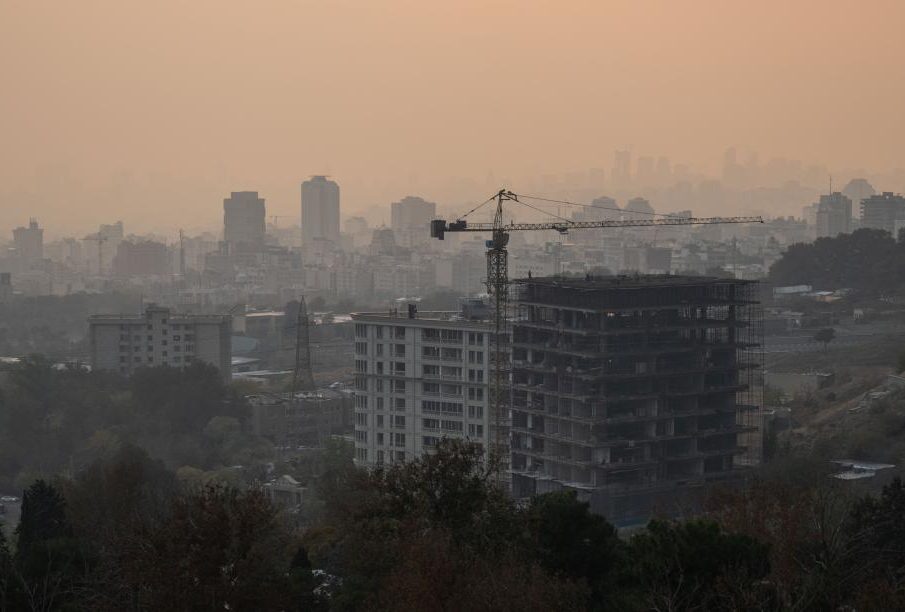Exploring Tehran: Iran’s Cultural Heartbeat

Introduction
Tehran, the capital of Iran, is a city of immense historical, cultural, and political significance. With a population of over 9 million, it is not only the largest city in Iran but also the heart of the nation’s economy and a key player in Middle Eastern politics. In recent years, Tehran has seen noteworthy changes and developments that highlight its evolving role on the global stage.
Recent Developments in Tehran
In 2023, Tehran has been at the forefront of several major events, including political changes and economic reforms that aim to bolster the country’s standing both domestically and internationally. Following the lifting of economic sanctions, there has been a notable increase in foreign investments, which is crucial for the nation’s growth. The Iranian government is actively encouraging tourism and foreign business involvement as a way to rejuvenate the economy.
Additionally, Tehran has been spotlighted for its urban development projects. The city’s skyline features a blend of modern architecture and traditional Persian designs, symbolizing a bridge between the past and the present. Notable projects underway include green spaces and enhanced public transportation systems, aimed at improving the quality of life for its residents.
Cultural Significance
Beyond politics and economics, Tehran is a hub of culture and education. Home to numerous museums, art galleries, and theaters, the city celebrates its rich heritage while looking towards the future. The Tehran Book Garden, for example, has become a popular destination for locals and tourists alike, serving as a cultural center promoting reading and literature.
Furthermore, Tehran’s diverse population contributes to a vibrant artistic scene. The Iranian Creative Industry has gained international recognition, showcasing local talent through film, music, and visual arts. Events such as the Fajr Film Festival have attracted global attention, solidifying Tehran’s reputation as an emerging cultural epicenter in the region.
Conclusion
The ongoing developments in Tehran underscore its importance not just within Iran but also in the larger context of global politics and culture. As the city continues to evolve, it stands as a testament to resilience and a desire for progress among its citizens. Moving forward, Tehran’s strategic initiatives aimed at modernization, economic growth, and cultural enrichment will likely play a significant role in shaping the future trajectory of Iran and its global interactions. For readers, understanding Tehran’s complexities offers a glimpse into a nation that, while often misunderstood, is rich in history and ambition.









